Sample Preparation Matters
Welcome to Datech Scientific Ltd, your trusted Laboratory Partner since 1989 for premium sample preparation equipment and laboratory automation solutions. We specialize in equipping laboratories with state-of-the-art instruments to support X-ray Fluorescence (XRF), X-ray Diffraction (XRD), Optical Emission Spectroscopy (OES), Induced Coupled Plasma (ICP) analyses, and more, through our esteemed partnerships with Herzog Maschinenfabrik, PD Instruments, Nucomat, and other innovators in the Laboratory environment.
http://www.datech-scientific.co.uk/analysis/xrd/
What is X-ray Powder Diffraction (XRD)
X-ray powder diffraction (XRD) is a rapid analytical technique primarily used for phase identification of a crystalline material and can provide information on unit cell dimensions. The analysed material is finely ground, homogenised, and average bulk composition is determined. Fundamental Principles of X-ray Powder Diffraction (XRD) Max von Laue, in 1912, discovered that crystalline substances act as three-dimensional diffraction gratings for X-ray wavelengths similar to the spacing of planes in a crystal lattice. X-ray diffraction is now a common technique for the study of crystal structures and atomic spacing. X-ray diffraction is based on constructive interference of monochromatic X-rays and a crystalline sample. These X-rays are generated by a cathode ray tube, filtered to produce monochromatic radiation, collimated to concentrate, and directed toward the sample. The interaction of the incident rays with the sample produces constructive interference (and a diffracted ray) when conditions satisfy Bragg’s Law (nλ=2d sin θ). This law relates the wavelength of electromagnetic radiation to the diffraction angle and the lattice spacing in a crystalline sample. These diffracted X-rays are then detected, processed and counted. By scanning the sample through a range of 2θangles, all possible diffraction directions of the lattice should be attained due to the random orientation of the powdered material. Conversion of the diffraction peaks to d-spacings allows identification of the mineral because each mineral has a set of unique d-spacings. Typically, this is achieved by comparison of d-spacings with standard reference patterns. All diffraction methods are based on generation of X-rays in an X-ray tube. These X-rays are directed at the sample, and the diffracted rays are collected. A key component of all diffraction is the angle between the incident and diffracted rays. Powder and single crystal diffraction vary in instrumentation beyond this. Applications X-ray powder diffraction is most widely used for the identification of unknown crystalline materials (e.g. minerals, inorganic compounds). Determination of unknown solids is critical to studies in geology, environmental science, material science, engineering and biology. Other applications include:
Characterisation of crystalline materials
Identification of fine-grained minerals such as clays and mixed layer clays that are difficult to determine optically
Determination of unit cell dimensions
Measurement of sample purityWith specialised techniques, XRD can be used to:
Determine crystal structures using Rietveld refinement
Determine of modal amounts of minerals (quantitative analysis)
Characterise thin films samples by:
Determining lattice mismatch between film and substrate and to inferring stress and strain
Determining dislocation density and quality of the film by rocking curve measurements
Measuring superlattices in multilayered epitaxial structures
Determining the thickness, roughness and density of the film using glancing incidence X-ray reflectivity measurements
Make textural measurements, such as the orientation of grains, in a polycrystalline sample
Strengths and Limitations of X-ray Powder Diffraction (XRD)
Powerful and rapid (< 20 min) technique for identification of an unknown mineral
In most cases, it provides an unambiguous mineral determination
Minimal sample preparation is required
XRD units are widely available
Data interpretation is relatively straight forwardLimitations
Homogeneous and single phase material is best for identification of an unknown
Must have access to a standard reference file of inorganic compounds (d-spacings, hkls)
Requires tenths of a gram of material which must be ground into a powder
For mixed materials, detection limit is ~ 2% of sample
For unit cell determinations, indexing of patterns for non-isometric crystal systems is complicated
Peak overlay may occur and worsens for high angle ‘reflections’
X-Ray Diffraction (XRD)
Note: X-Ray Diffraction is used to determine crystallographic structure, chemical composition, and physical properties of materials and thin films. The techniques above are used for qualitative or quantitative elemental analysis.
Sample Excitation Source
Primary X-Rays
Sample Material & Preparation Method
Metallic & Non-Metallic Solids, Liquids and Powders. Little careful preparation since sample material is used to identify crystalline structure.
Form of Prepared Sample
Powders & Films
Typical Industry
Metals & Alloys Production, Non-Metallic Materials Production, Education and Environmental Testing
Advantages
Sample Type and Quality Versatility. Documented Sample Preparation Methods. Analyse Crystalline Structure
Disadvantages
N/A - No other immediately comparable technique
Sample Preparation Equipment
Crushing
Course Crushing and Pre-Crushing of Sample Material
Fusion
Ideal for Preparation of Samples with Inconsistent Matrices for Fused Bead XRF, ICP, AA and Other Analyses
Benchtop Preparation
Perfect for laboratories with space constraints seeking high quality, cost effective equipment with low maintenance requirements.
Pulverising / Grinding
Fine Grinding / Pulverising of Sample Material to Guarantee Homogeneity
Milling / Grinding
Ideal for Solid Alloy Samples to Prevent Contamination and Remove Defects for OES, XRF and Other Analyses
Pressing
Pressing of Sample Material for X-ray Fluorescence, X-ray Diffraction and Other Analyses
Wet Chemistry
Requires a variety of liquid handling, dosing, digestion, inspection and analyses techniques
Standalone Semi-Automatic Preparation
Purpose Built for Industrial Laboratories with rapid cycle times, reduced operator interaction and dwell time maximising throughput and precision.
Standard & Bespoke Automatic Laboratory
Designed to tackle the most repetitive and challenging laboratory applications 24-7-365, fully automatic preparation is the future for process laboratories.
Why Choose Datech Scientific Limited?
At Datech Scientific Limited, we're not just about providing equipment; we're about delivering solutions that drive success. With our cutting-edge technology, tailored solutions, and a commitment to excellence, we ensure your laboratory or industrial processes are efficient, reliable, and above all, accurate and precise.
Why settle for less when you can partner with a leader in scientific innovation?
Expertise in Sample Handling and Preparation: Our deep understanding ensures you get accurate results every time.
Tailored Solutions: From industrial to laboratory scale, we have standard and customisable solutions to meet your specific needs.
Quality Equipment: Embrace reliability with our selection of effective sample preparation equipment.
Ongoing Support: Enjoy comprehensive support from our team. We are dedicated to your success as you will become a customer for life.
Don't let your analysis be anything less than exceptional. Choose Datech Scientific Limited for sample preparation solutions. Contact us today to elevate your operations to the next level.
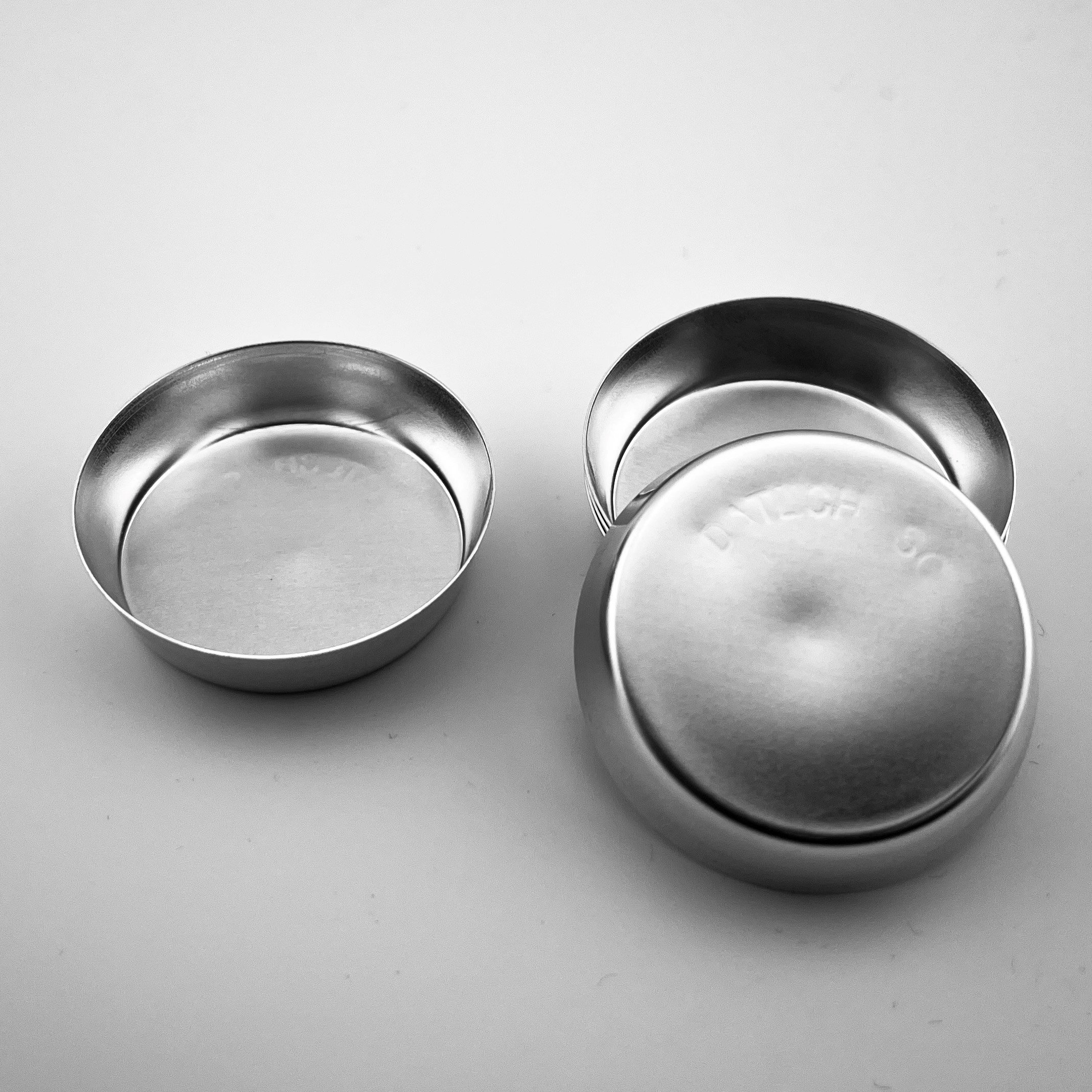
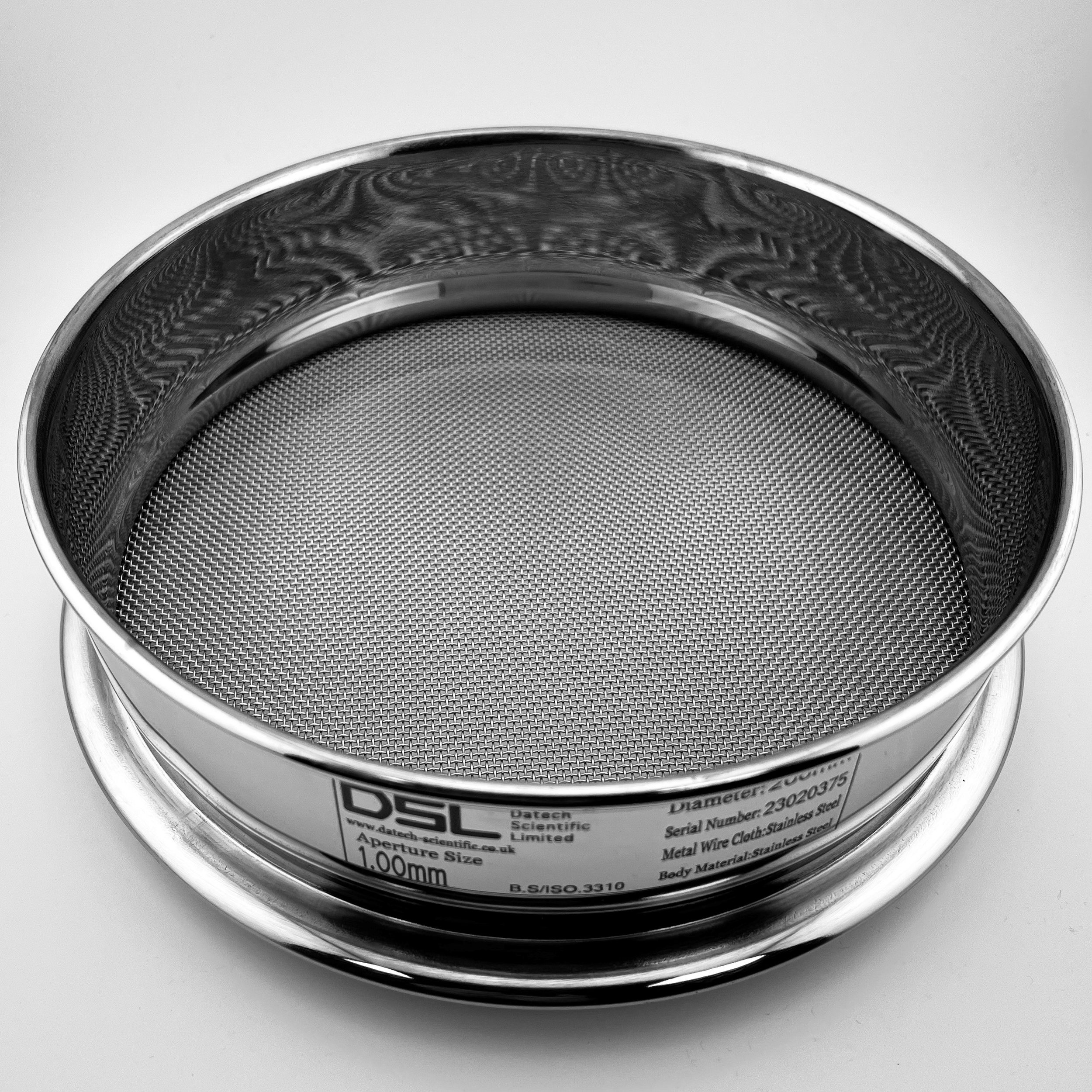
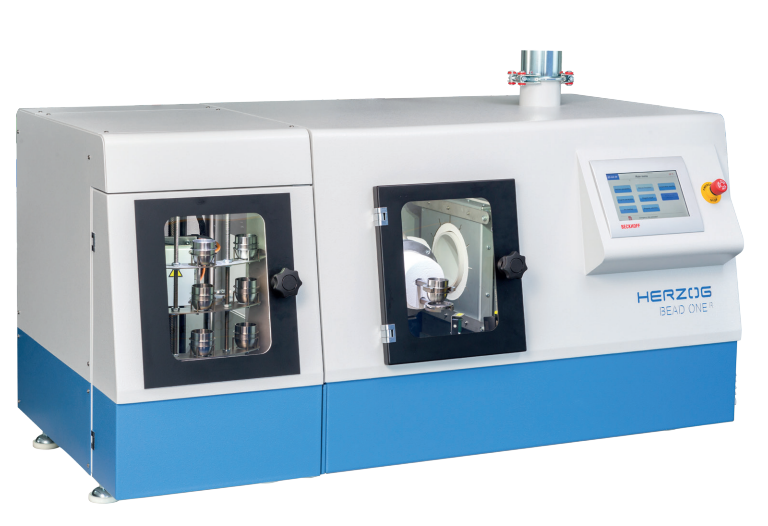
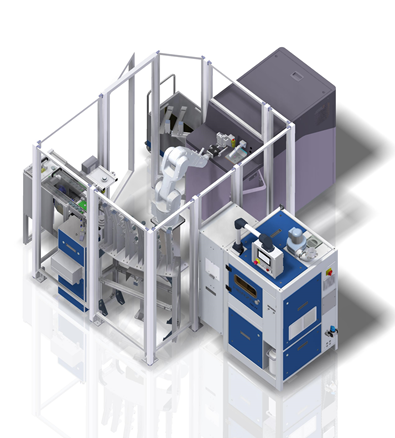

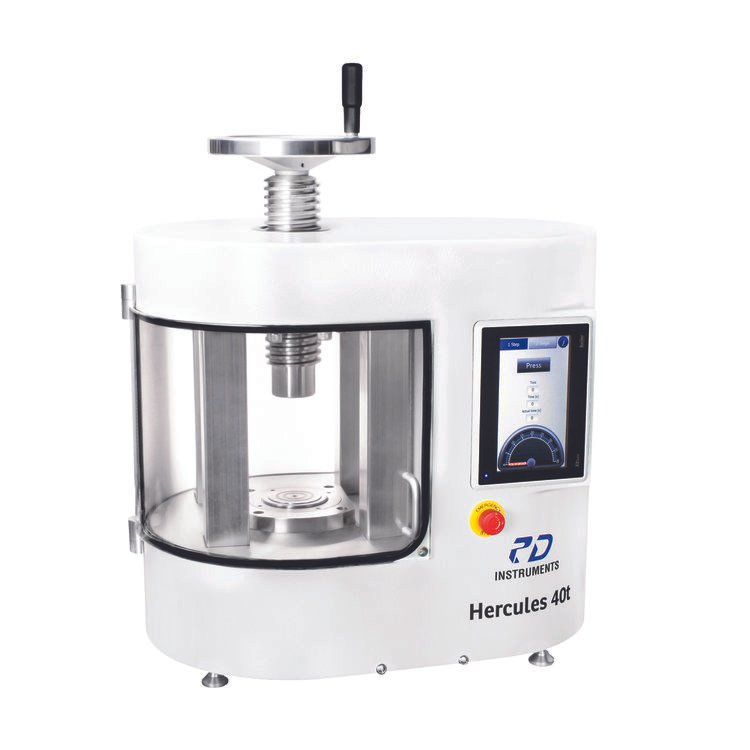
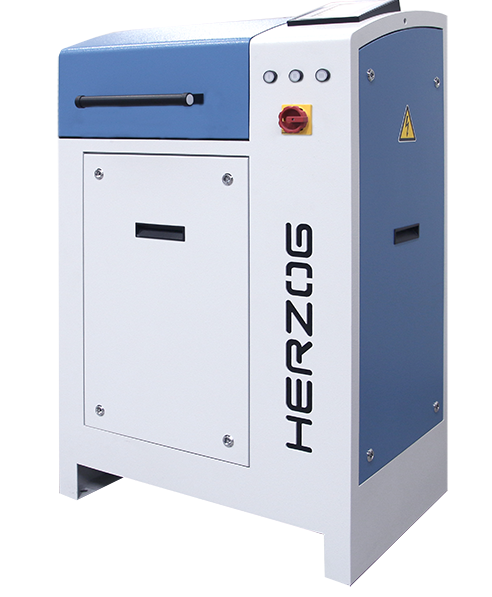

Become a Valued Customer and Partner








